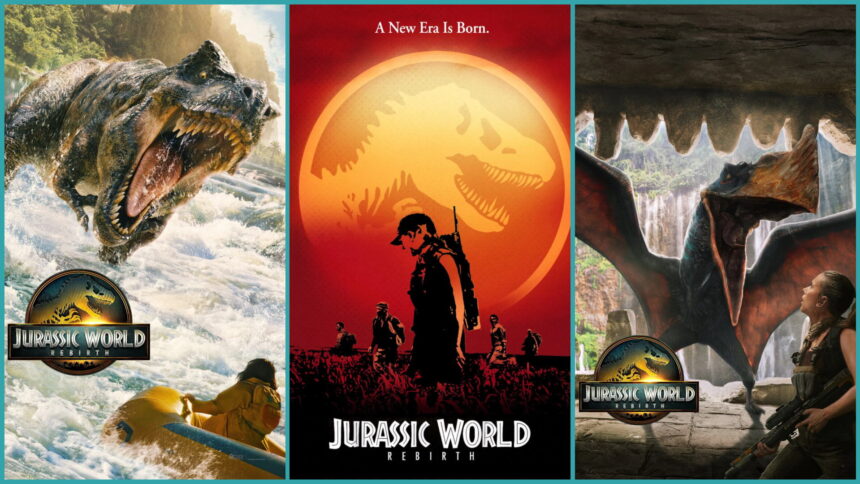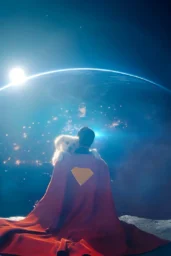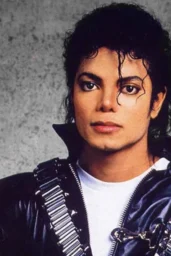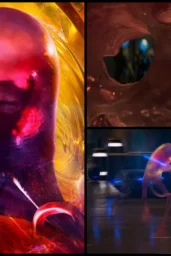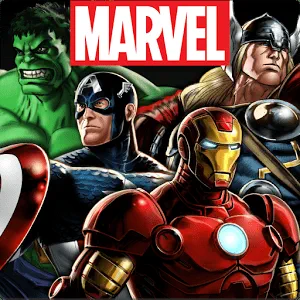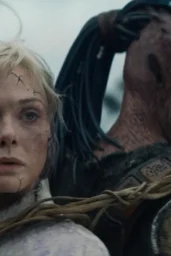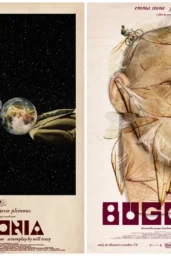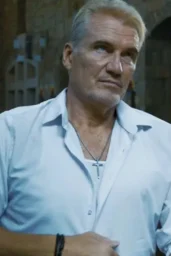That Familiar Roar Is Just an Echo Now
There’s a moment in “Jurassic Park” that never quite left me. Hammond, white-bearded and bursting, whispers “We spared no expense,” like a magician let loose at a biotech startup. But now, three decades and thousands of CGI creatures later, does anyone even flinch when a Brachiosaurus meanders across the screen? In “Jurassic World Rebirth,” not really. The dinosaur is a traffic jam, a scenic nuisance. Which, honestly, feels about right.
I’m not sure exactly when dinosaurs—these impossible, thunderous beasts—became less raptor, more roadblock. Maybe around the time every summer blockbuster became a digital zoo. Maybe when “Dominion” ended, and—wait, did anyone actually remember how it ended? Sorry, I just blanked. And “Rebirth,” the newest entry, leans into that collective amnesia. It doesn’t run from becoming ordinary. It chews on it.
Death, Not by Tooth or Claw—But by Indifference
Here’s the twist: “Jurassic World Rebirth” opens by announcing that most of the dinosaurs are dying off. Climate mismatch, narrative fatigue, pick one. The survivors huddle near the equator—almost as if clinging to the last pockets of public curiosity. But the world’s moved on. That opening? A brilliant visual gag, so on-the-nose it almost boops you: giant lizard, once a miracle, now blocking morning commuters. Alan Grant would weep. Or laugh. Who can tell?
Director Gareth Edwards and writer David Koepp lay it on thick, but it works. These dinos aren’t animals; they’re Hollywood spectacles, now endangered by audience apathy. I kept thinking of Dr. Malcolm’s old chestnut: just because you could doesn’t mean you should. Only now, the warning isn’t about cloning—it’s about cranking out more of the same. You almost taste the irony: CGI, once the new religion, is now just wallpaper.
Have We Lost the Plot—or Just the Magic?
The film isn’t subtle. Dr. Henry Loomis, a museum curator, sulks about declining ticket sales. When a Brachiosaurus eats someone’s bumper, nobody even takes a selfie. People are numb—dinosaurs, CGI, the whole moviegoing ritual. There’s an edge of real melancholy here, not just for extinct species, but for a medium that’s fast becoming extinct itself. Recent interviews even have Edwards saying most movies he rates as masterpieces were made before “Jurassic Park.” It stings, because deep down, we know he’s right.
A few years back, I’d groan hearing someone complain about “bad CGI.” Now, I get it—partly. Digital effects are blamed for everything bland. But the real culprit? Overfamiliarity. When every set piece ends with pixels, when “we’ll fix it in post” becomes gospel, you lose the grit, the surprise, the handmade awe. We started with Frankenstein’s lab and wound up at an endless Apple Store demo.
And yet—against my jaded instincts—I felt something. There’s a scene in “Rebirth,” that required “behold the dinosaur” moment, and wouldn’t you know, it floored me. Not because of technical dazzle, but because the filmmakers finally remembered to frame scale and suspense, to let a character act awed instead of just scripting it. Jonathan Bailey sells a sense of wonder like he’s never seen a stegosaurus made of polygons. For a second, I gasped. Loudly. The theater was silent, and I was mortified. Go figure.
Familiarity Breeds Contempt—Or Does It?
Of course, a lot of folks aren’t buying what “Rebirth” is selling. The pushback is real. Another sequel, another round of dinosaurs getting their close-ups: who cares? But that, I think, is the point. This is a requiem, not a celebration—an honest (maybe too honest) admission that you can’t awe the audience by pressing the same button over and over. Eventually, all you hear is the click.
So where does the franchise go from here? That’s the lingering question—one the film nudges but doesn’t answer. If “Rebirth” leaves any lesson, it’s less “get better CGI” and more “remember what made us care.” Don’t let the sense of possibility, of cinematic risk, die out like a doomed triceratops waiting for a greener world.
Would I call “Rebirth” a return to form? No. But it is, for a brief flicker, a return to feeling. And that’s rarer than a T. rex in Times Square these days.

